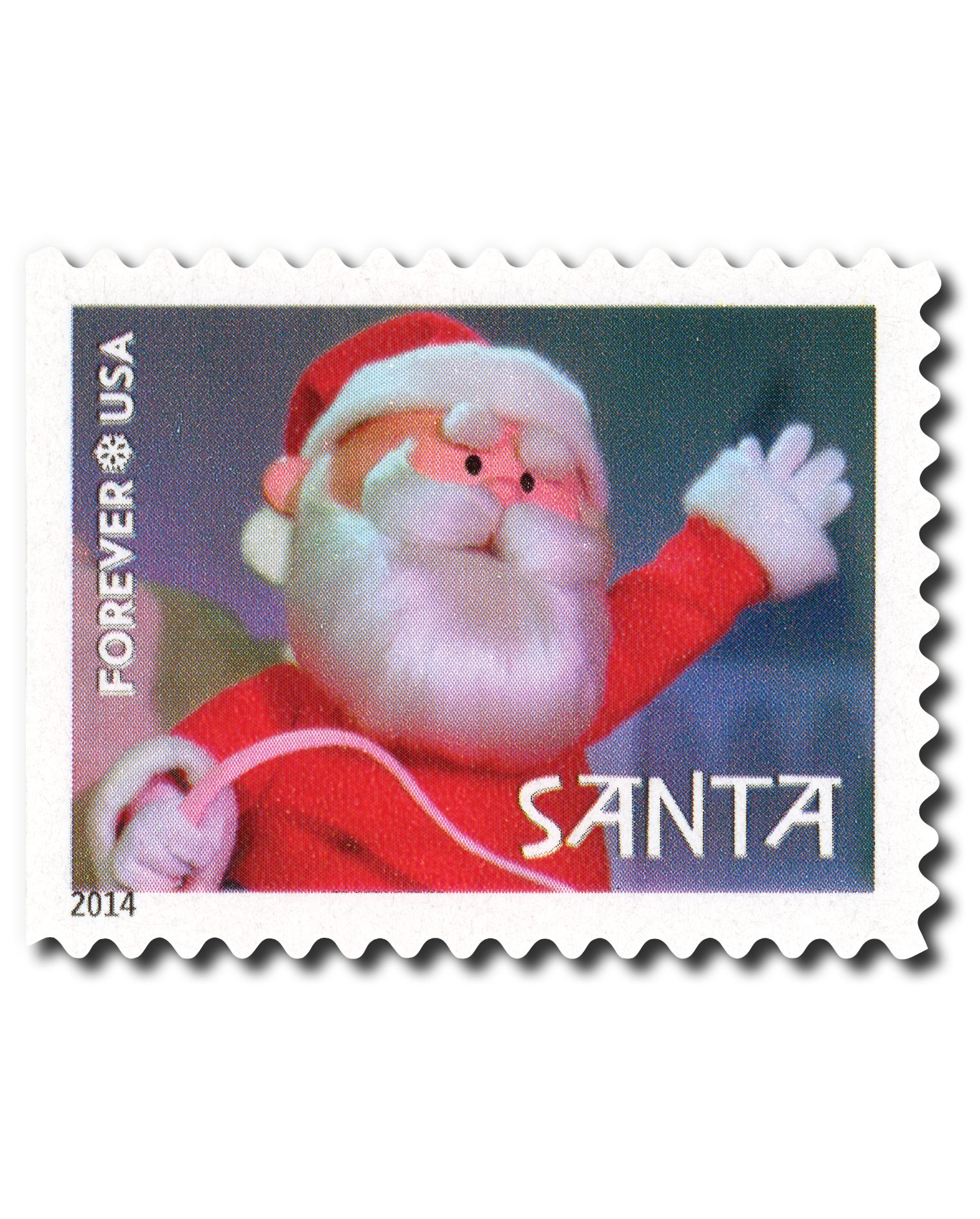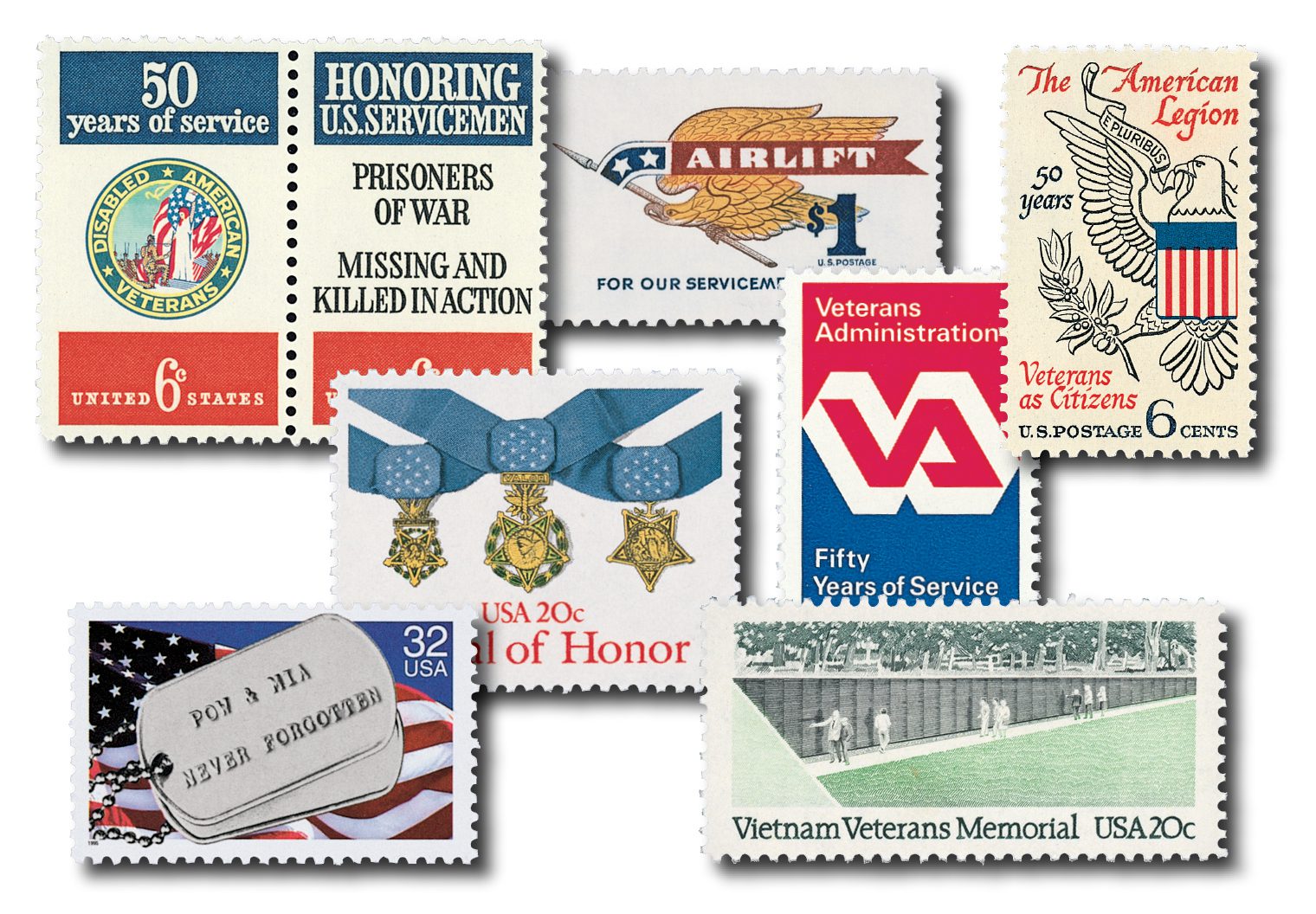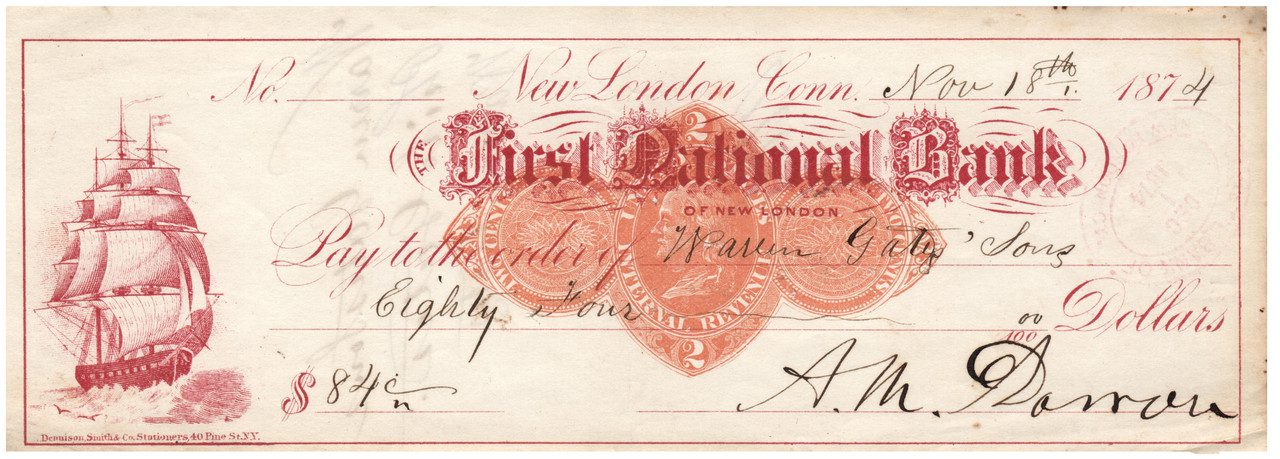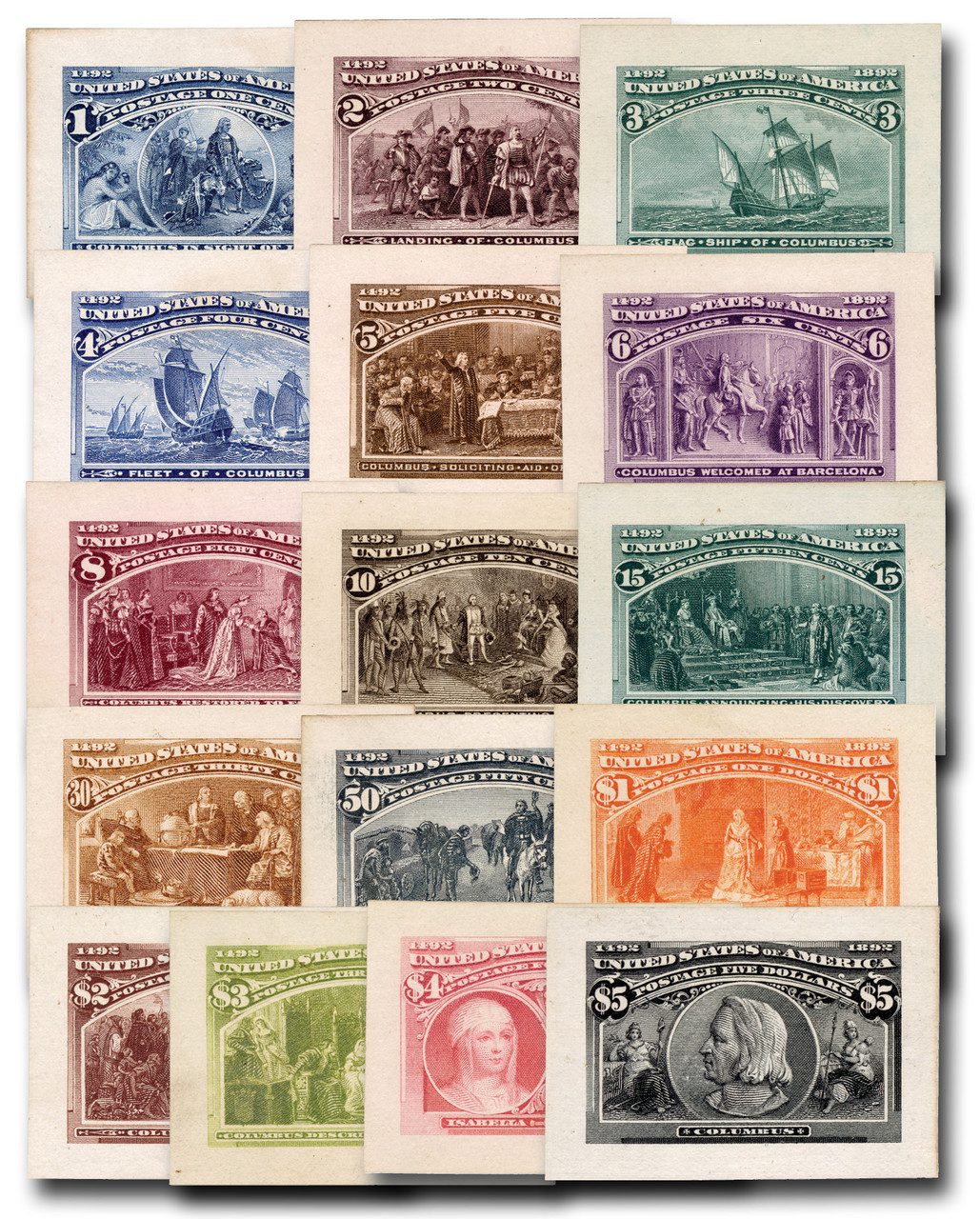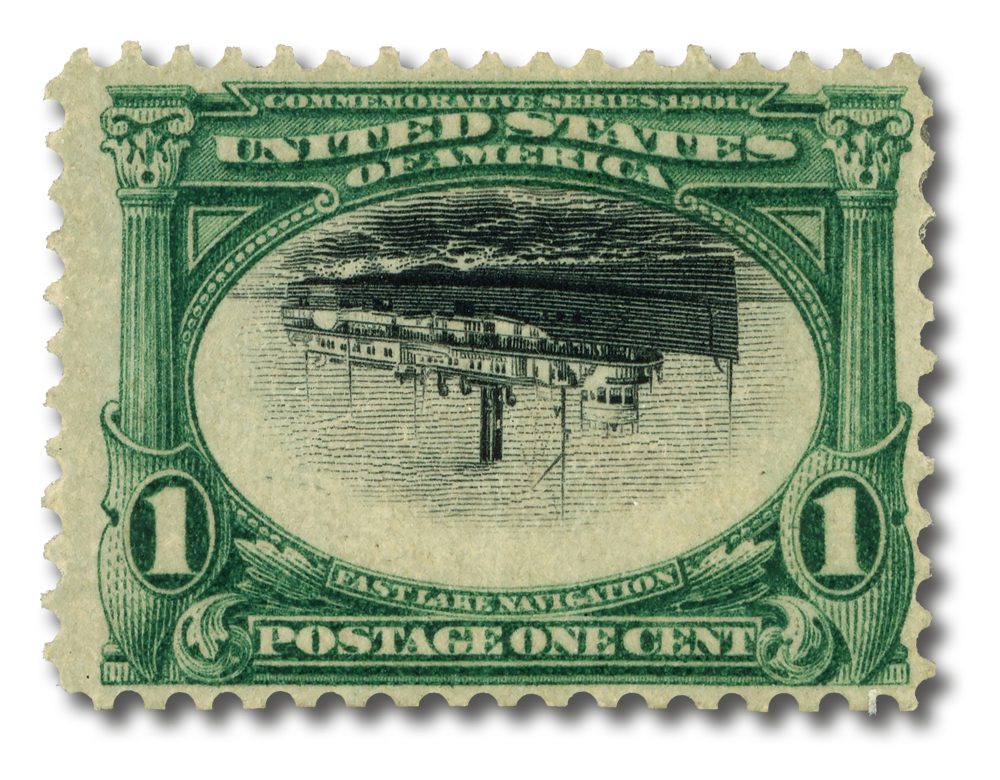Santa Stamps to Bring Christmas Cheer to Your Album
Santa stamps bring the warmth and wonder of Christmas to life in miniature works of art. Each issue features its own creative interpretation of Santa—whether he’s preparing toys, delivering gifts, or sharing a joyful holiday moment. These Christmas stamps highlight the traditions, colors, and storytelling that make the season so meaningful.

